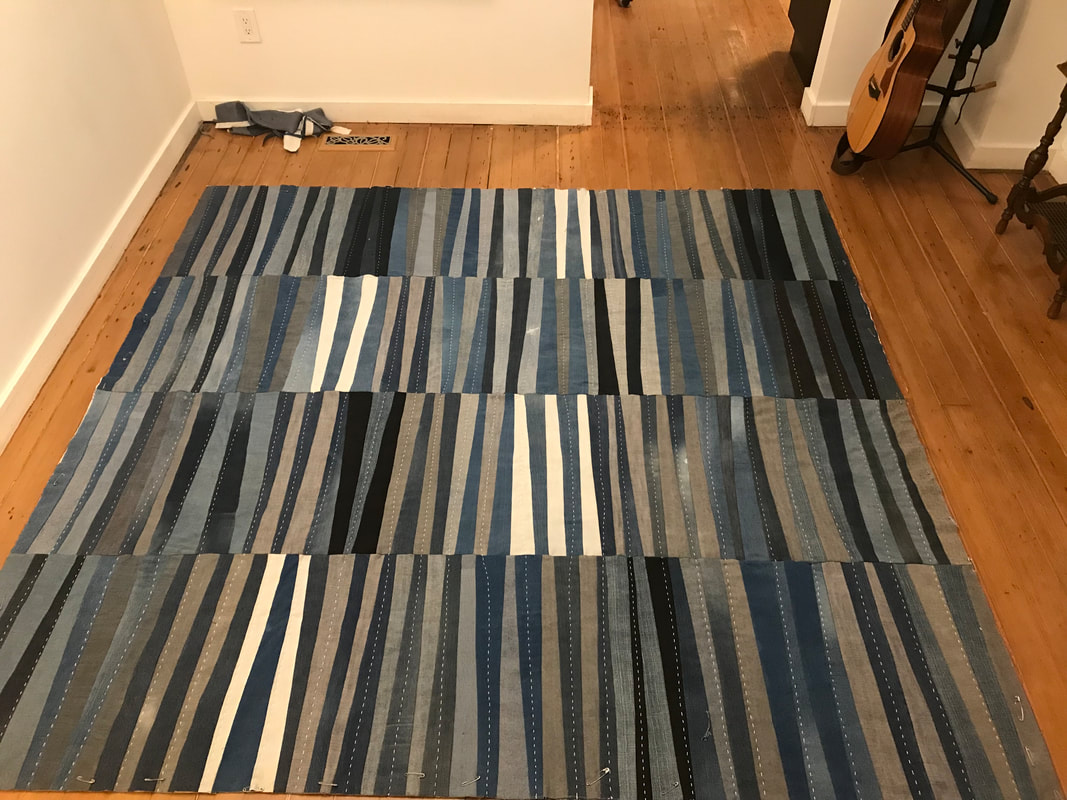| Not only are there no traffic lights, there are no pedestrian crossing signals or any restrictions on the walking public. The downtown is teeming with people but with such narrow, winding vehicle thoroughfares, topas (speed bumps) and gloriettas (large versions of Vancouver's "traffic-calming circles") you learn quickly to go with the slow flow. Pedestrians zig-zag with ease across streets, almost brushing the rear of a slow-passing car so the vehicle behind doesn't have to shift down to super-slow. This is not a town to venture into if you're a driver in a hurry. Cruising speed is such that you could start a conversation with people on the sidewalk. Road rage is inconceivable. So how are all the goods and services delivered? Most of that happens under the plazas and winding streets in old floodwater-diverting tunnels. Parking lots are also mostly situated under or outside the city centre and on-street parking is a rarity. There are no filthy downtown back alleys dedicated to dumpsters and delivery trucks. No urban blight of parked cars flanking both sides of every street. |
| As a result, the major calles (streets) are in constant transformation, a jumble of bakeries, cafes and newsstands in the morning, market stalls in the afternoon, and music-filled evenings and special events like a recent wine-tasting weekend along a red carpet through to the historical centre. The previous weekend saw a chalk-mural draw-in where local art students were down on their knees, working their ideas into the surface near that morning's bike race finish line. These are the possibilities for streets where pedestrians come first. |
| I fail to see the downside in squeezing out cars in heavily populated areas. In contrast, pricey Vancouver's sketchy, rat-infested downtown alleys and acres of meter parking look like a colossal waste of potential commercial and cultural space. How impossible would it be to conceal dumpsters in locked building bays and restrict garbage pickup to, say, 2 a.m., and then entice tiendas (street vendors) and the mom-and-pop shops that have been all but banished to the fringes due to high rents? The more I wander and wade through all this colourful human activity the more I resent the privileged position of the private motor vehicle in North American urban "planning." Cities in their relative infancy like Vancouver could learn a lot from organic urban centres like Guanajuato that came into their own before there were cars. My hometown is already teetering on the edge of becoming a boring luxury resort city; a bold directive towards people and away from the private motor vehicle could pull us back from that precipice. |
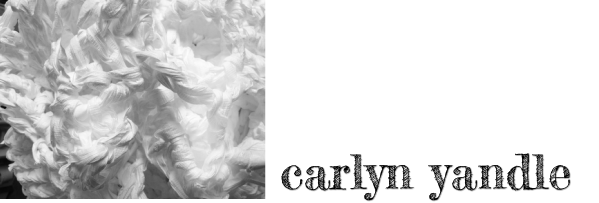
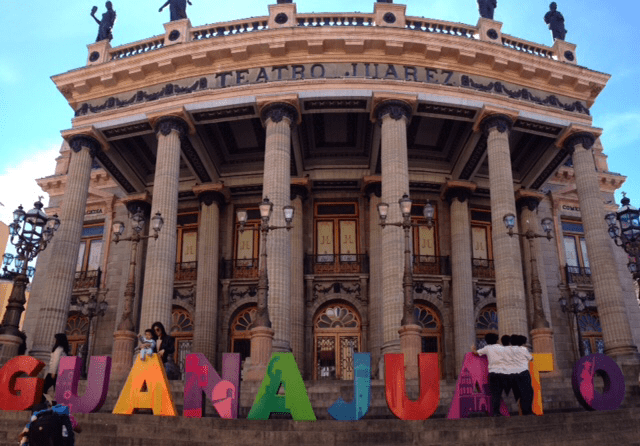
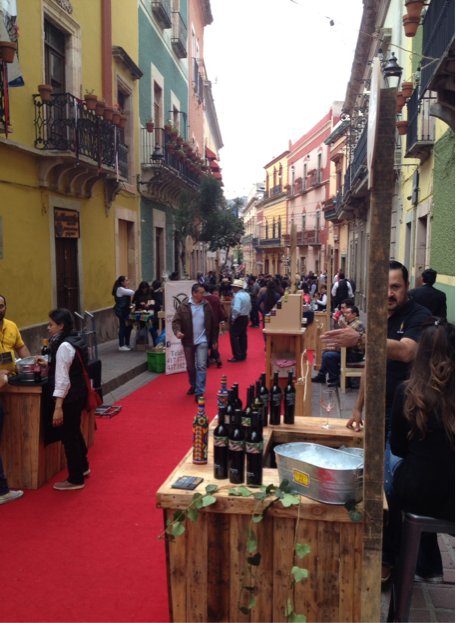
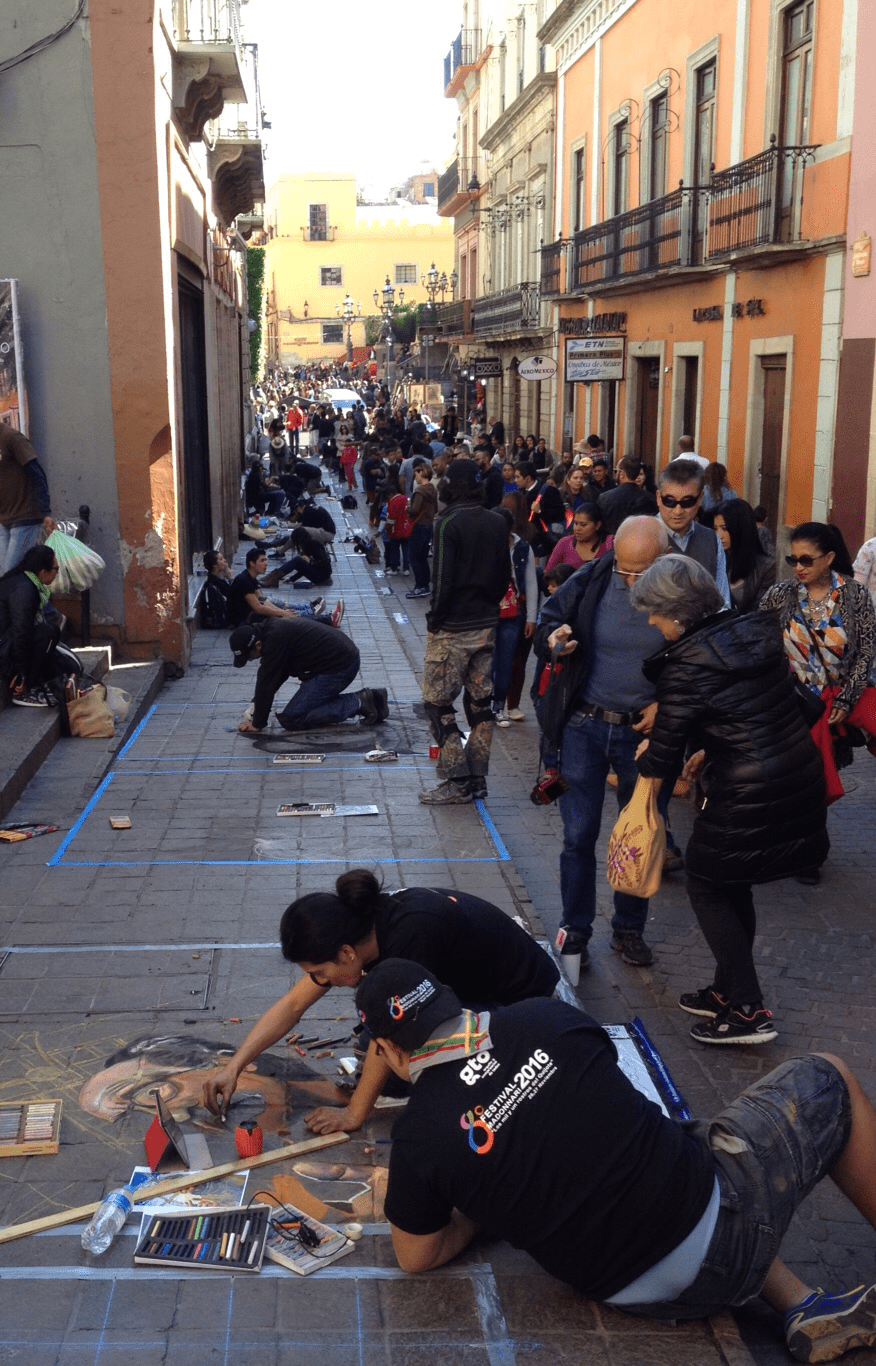
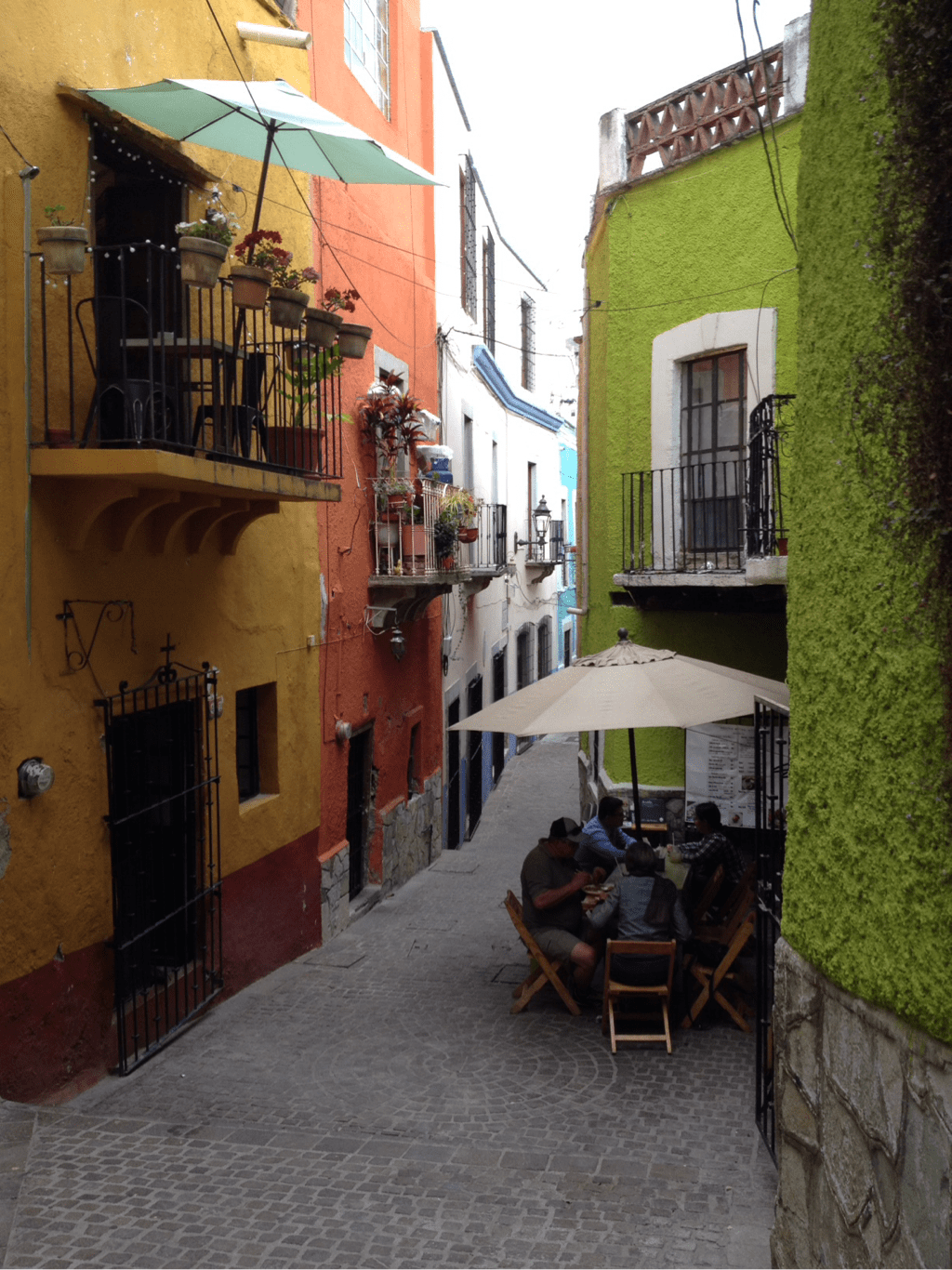
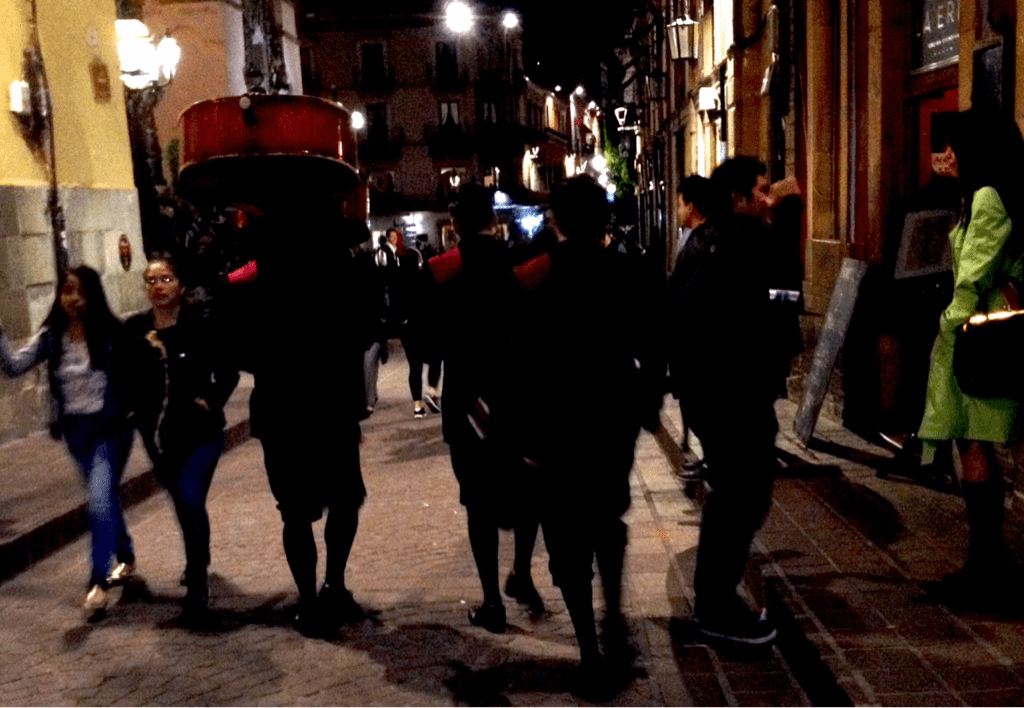
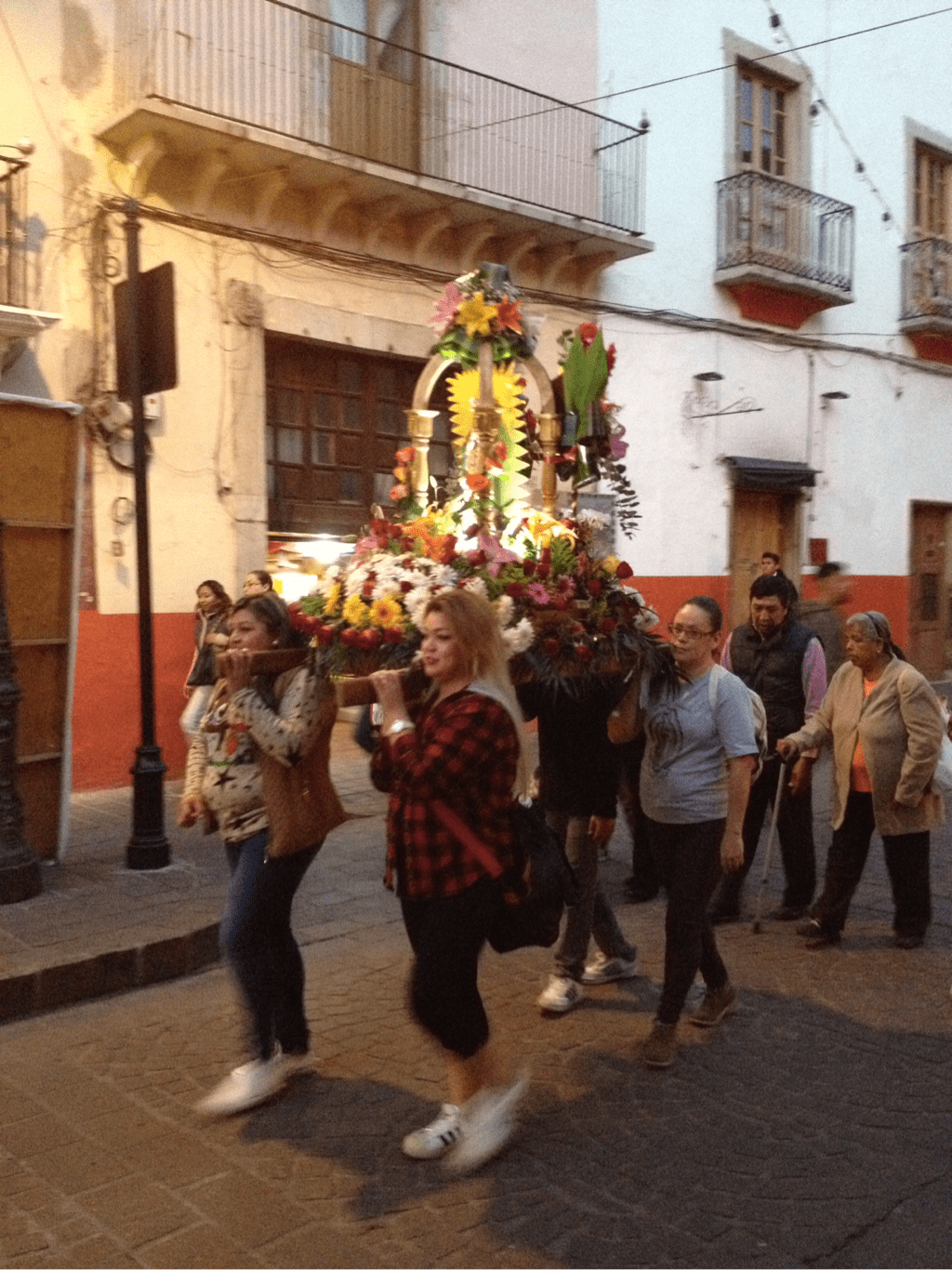
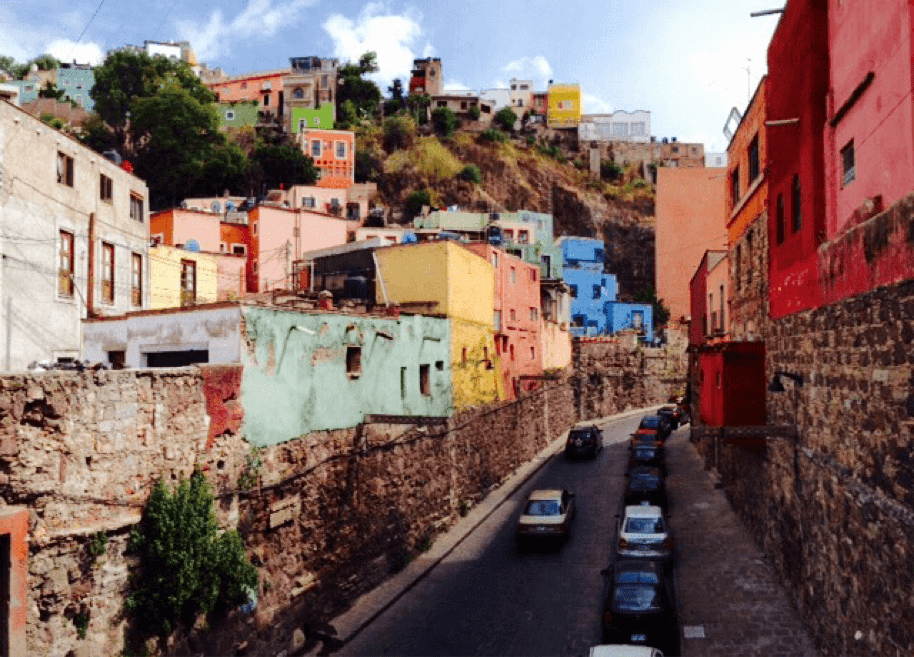
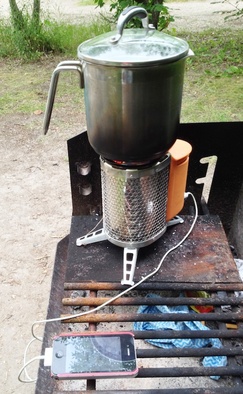
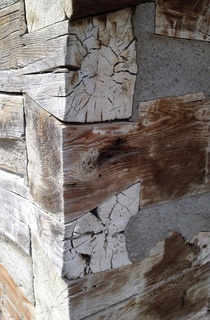
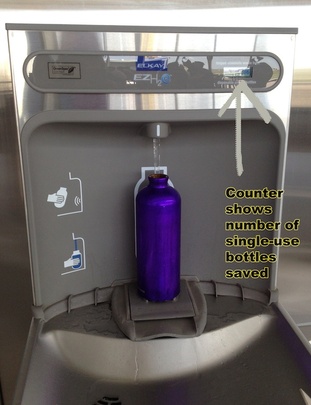
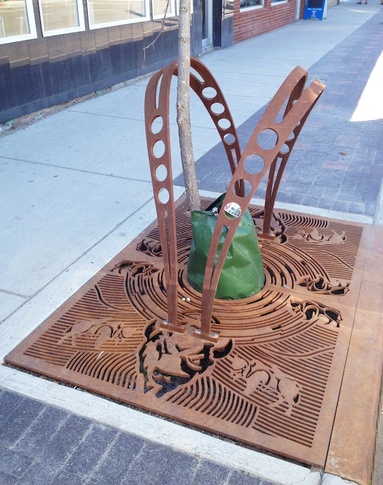
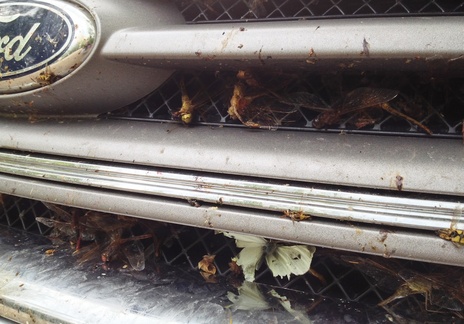
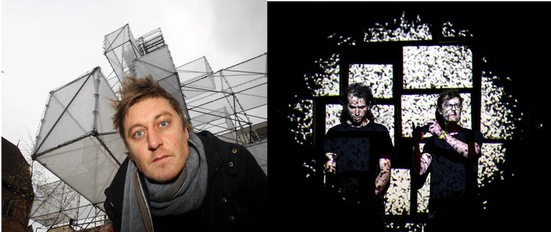


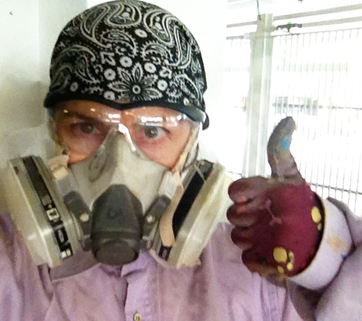
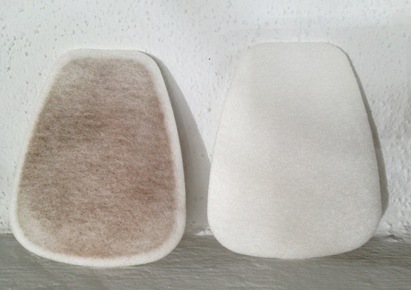
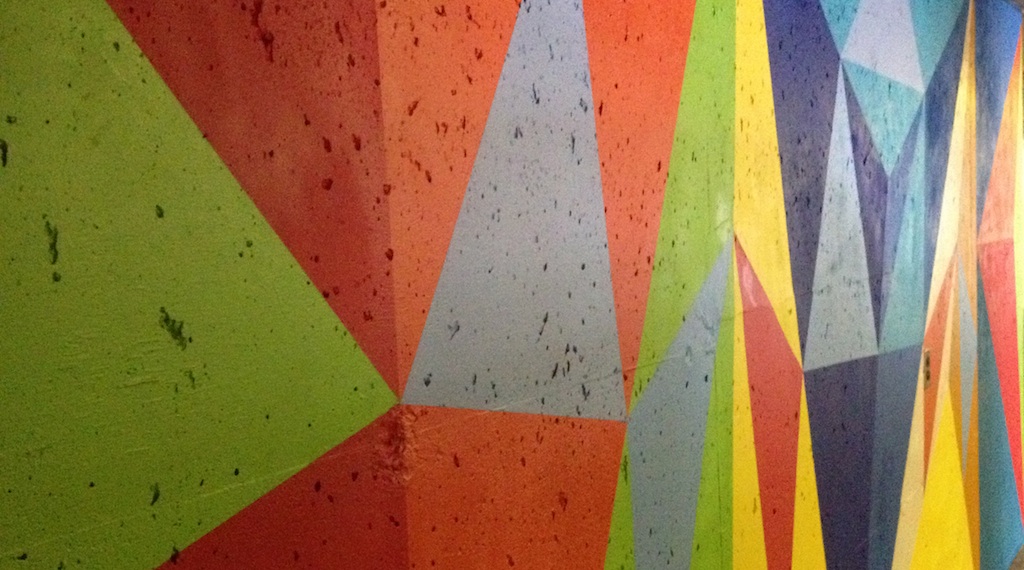
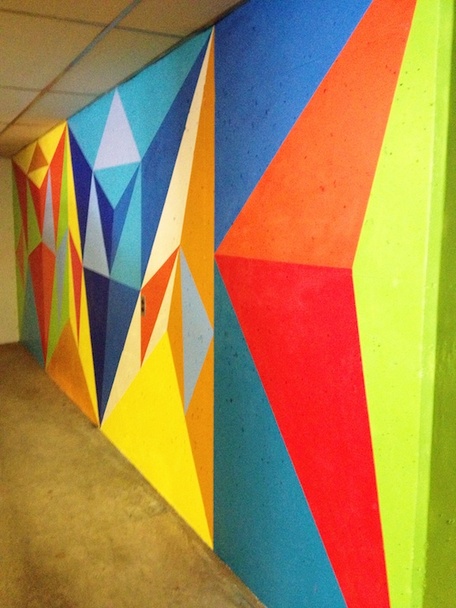
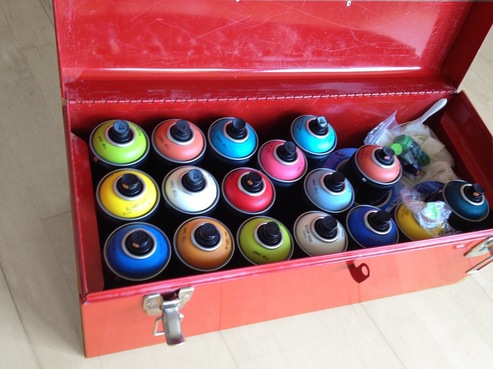

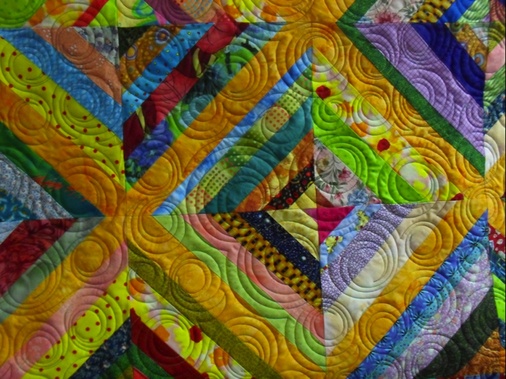
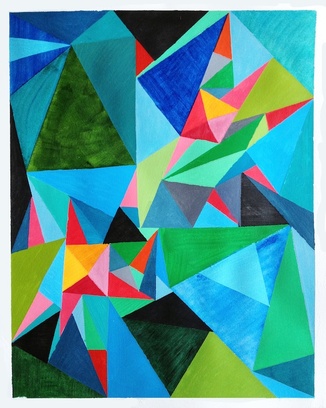
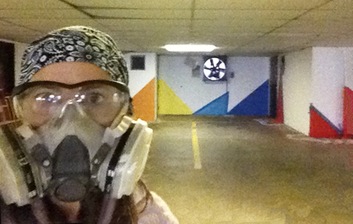
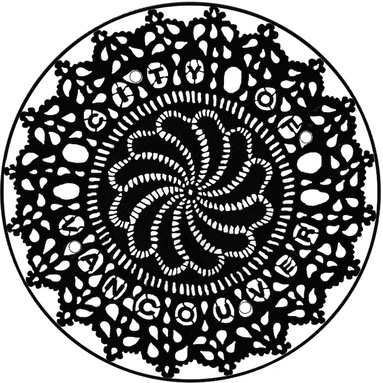
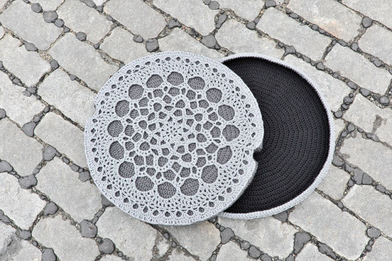
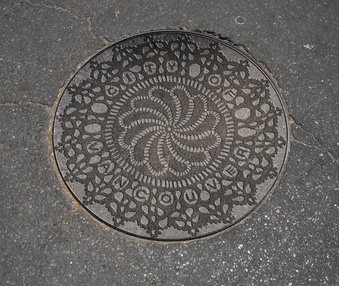
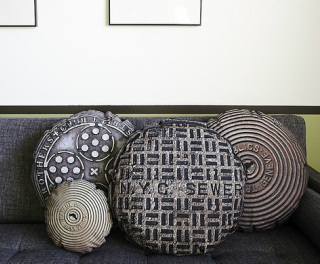
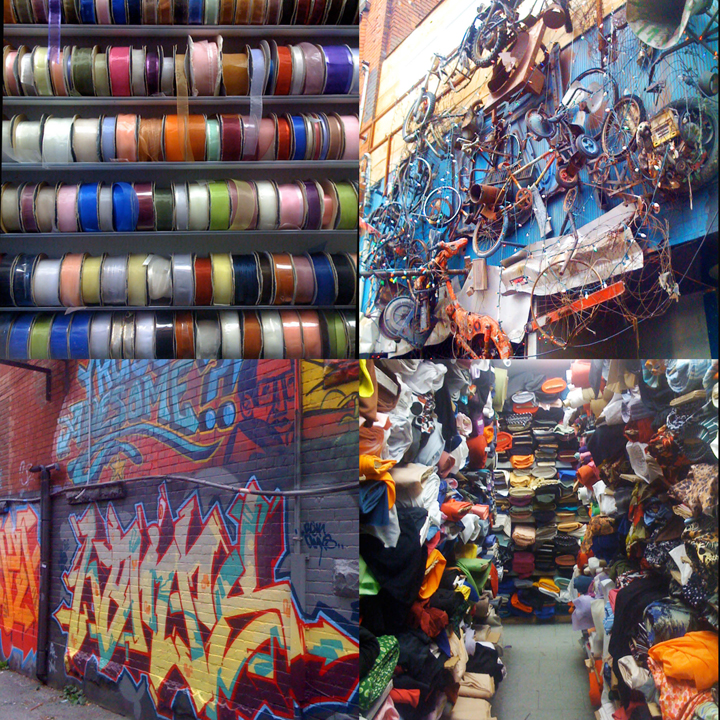
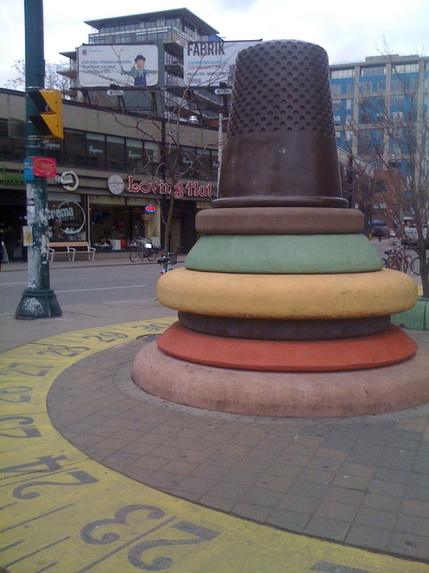
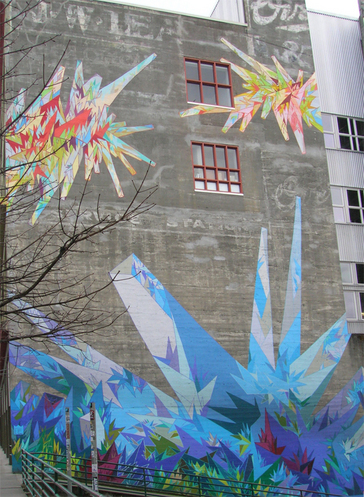
 RSS Feed
RSS Feed

